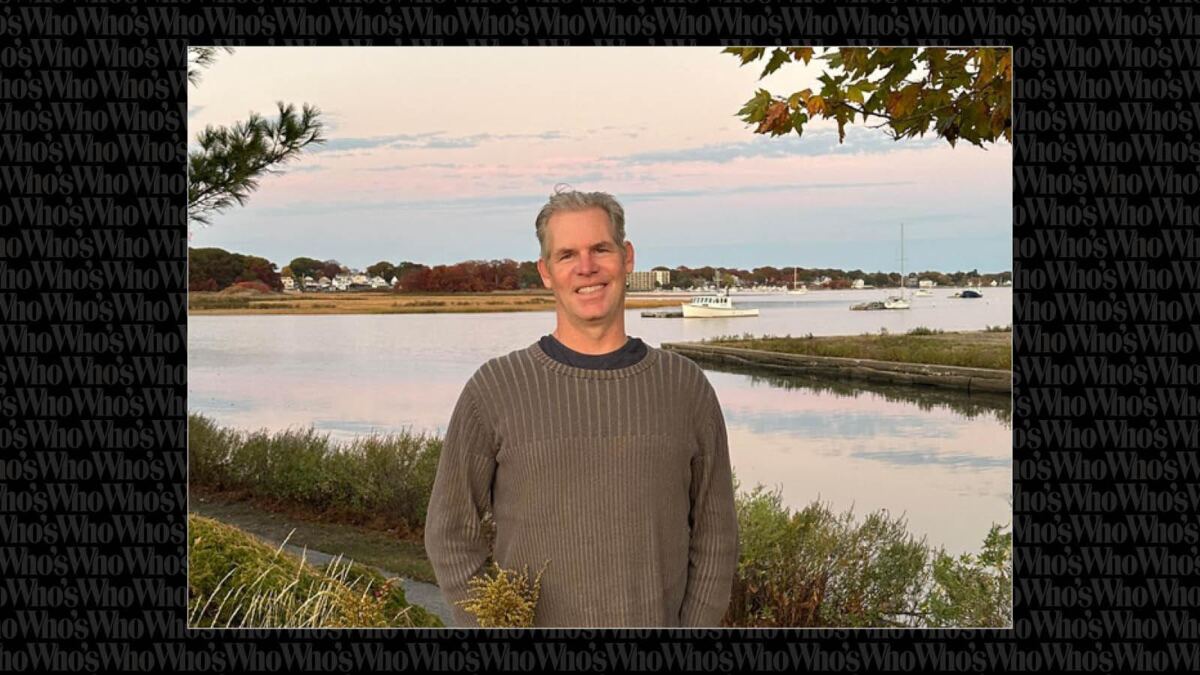Considering a changing climate is the basis of design for landscape architect and human ecologist Scott Bishop. Early in 2020, PJ Foley, an environmental activist and founder of the nonprofit Marsh Madness, was introduced to Scott Bishop, principal of Bishop Land Design (BLD). Their collaboration would become the groundwork for a transformative project called Presidents Coast.
Improving the climate resiliency of the waterfront is a goal inherent to the project. Storm Riley had a major impact on the area in 2018, resulting in major flooding and a lack of access to peninsular neighborhoods. A central idea for Presidents Coast emerged from residents’ discussions over the inaccessibility of the city’s waterfront areas and marshlands. These residents wanted to improve existing infrastructure and trails to create a network that would allow pedestrians and cyclists to navigate Quincy’s many beaches, marshes, and open spaces.
In 2021, the team was granted $125,000 by the Quincy Community Preservation Committee to study the initial plan and create a framework and master plan. The team recognized the importance of community outreach in creating goals. “Listening to community needs combined with an understanding of future risks due to climate change are major components of the ongoing discussions with the stakeholders,” says Bishop.
Bishop and the team envision a trail network that would connect the two peninsulas and the marshes and provide connections to Quincy Center. Presidents Coast will provide much-needed emergency access and nature-based resiliency during extreme storm events and, on a daily basis, alternative fossil-free transportation for cyclists and pedestrians. Additionally, these routes would provide connections to mass transit, community resources, safe routes to schools, and enhance ADA compliance in the city’s open spaces. The project also seeks to improve equity of access to the waterfront, marshes, and natural resources for disadvantaged neighborhoods.
“Building giant concrete flood walls doesn’t help communities or biodiversity. Landscape architects have amazing tools to utilize in the fight against climate change, ranging from nature-based solutions such as coastal marshes, dunes, and coastal bluffs and hybrid living structures such as forested berms and living revetments can complement amenities such as overlooks, trails, and bridges,” says Bishop.
BLD worked with the city of Quincy and the community on a landscape master plan and feasibility study for the primary portion of the project. PJ and Scott continue to work on it and are seeking funding for the next phase of work through Foley’s nonprofit, Marsh Madness, and with their partners in Quincy.
Bishop has over 20 years of experience as a landscape architect and human ecologist and, since 2014, as the founding principal of the award-winning firm Bishop Land Design. He attended the College of the Atlantic as an undergraduate, where he studied human ecology and landscape design, and went on to receive his master’s degree from the University of Pennsylvania’s prestigious Weitzman School of Design in 2005. He is the former chair of the American Society of Landscape Architects’ Biodiversity and Climate Action Committee and now leads the Climate Action Network subcommittee.
Bishop’s work stresses a human-ecological approach to landscape design, including contributions to large-scale projects focused on climate change adaptation, green infrastructure, and nature-based solutions. His diverse career working in both private and public sectors demonstrates his ability to tackle environmental issues in sustainable design.








